Today I’m showing off a beautiful kimono-inspired travel makeup bag by Mandy of The Lime Green Sewing Room. Mandy is a good friend as well as an incredibly creative and talented person and I wanted to support her new endeavor.
If there’s one thing I love nearly as much as kimono, it’s makeup. I’d been looking for a travel bag with an attached brush roll and couldn’t find one that was compact enough to throw in a purse but big enough to actually carry anything useful, so I asked Mandy if she’d be interested in helping me out and I’m so thrilled with the results! She combined a few patterns together to create the On The Go makeup bag, and it’s absolutely perfect.
This beautifully mod kiku fabric was the jumping-off point for the entire bag. The colours feel especially kimono-inspired to me, I’d love to see an outfit that incorporates red, grey, and mint green like this! The brush roll section is a great accent, and I love that she went to the effort to find coordinating details like the ribbon tie and even the zipper. The brush roll part is treated so it’s easy to clean, it just needs to be wiped down if the brushes leave a mess on it and the top flap keeps them well-protected in transit. The bag itself is enormous – it holds everything shown in these photos with room to spare, and once it’s tied shut it fits comfortably in my hand and barely takes up any room in my purse. This bag is adorable and with careful organisation and planning, it will be just as practical for an overnight jaunt as it will be for a long vacation.
You can find the Lime Green Sewing Room on Etsy, Facebook, and Instagram!
I purchased this item myself and chose to review it.If you have a topically appropriate craft, product, or service you would like me to review, please contact me.

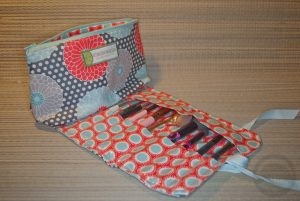
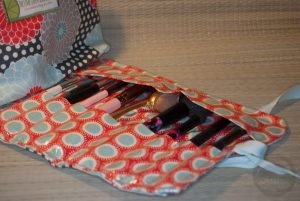
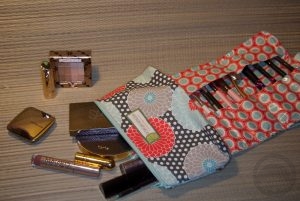
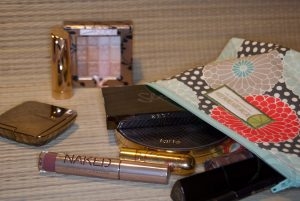
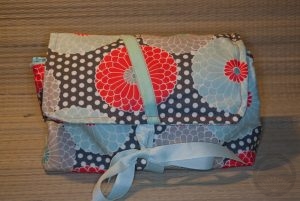
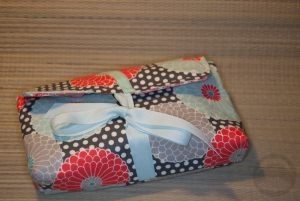
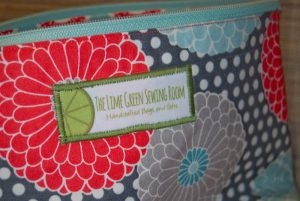
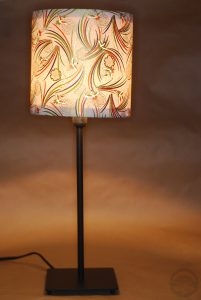
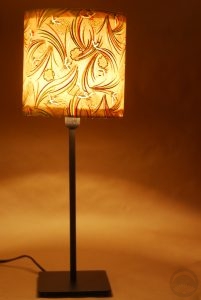
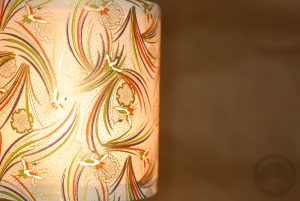
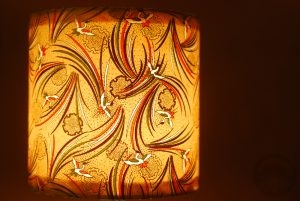
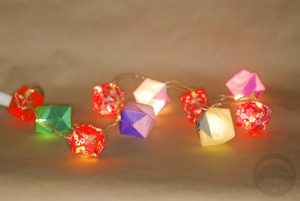
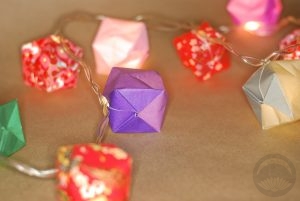
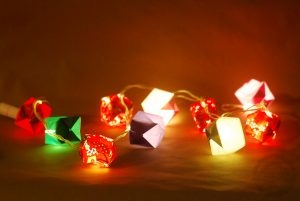
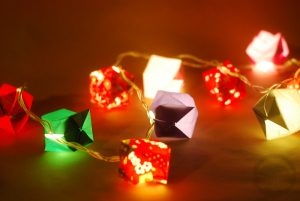

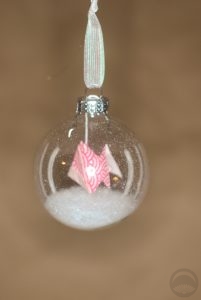

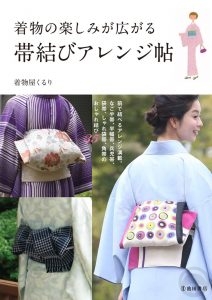
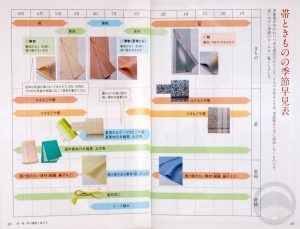
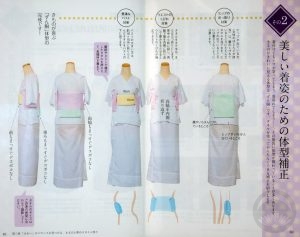
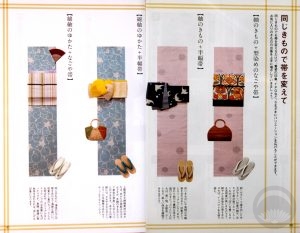
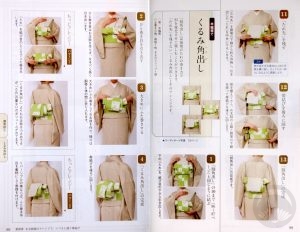
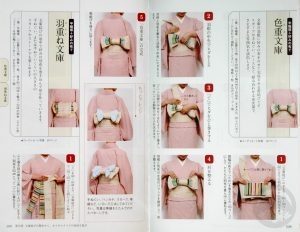
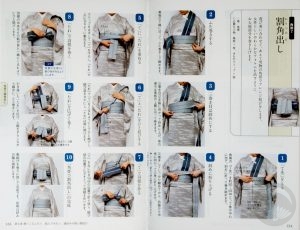

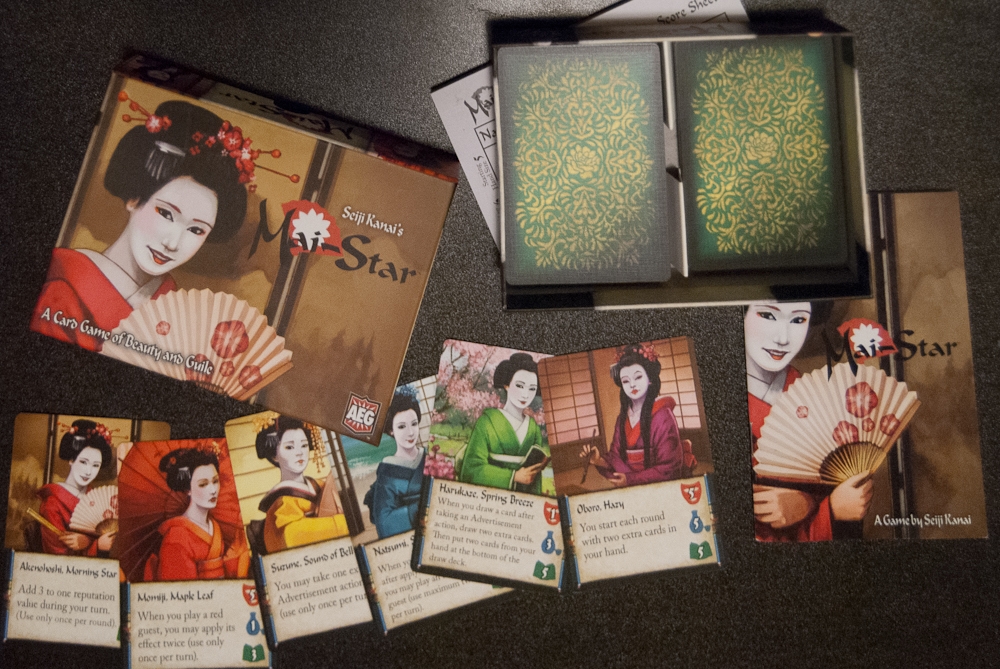






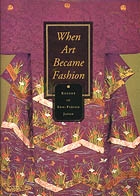
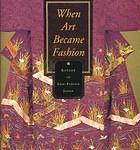
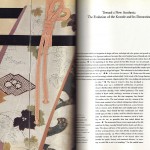

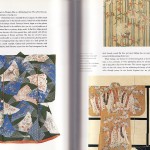
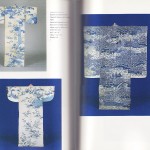











 Bebe Taian
Bebe Taian CHOKO Blog
CHOKO Blog Gion Kobu
Gion Kobu